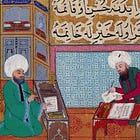Masters and Apprentices: Filibeli Ahmed Arif
An interesting case study on how a prominent Ottoman calligrapher learned from his master at an older age.
Exploring the relationships between renowned masters and their apprentices provides valuable insights into the tradition's impact. These case studies highlight the legacy of the masters and the contributions of their apprentices to the art form.
At its core, Islamic calligraphy is more than art; it's a sacred trust. The master-apprentice relationship ensures the transmission of this divine knowledge in its most authentic form. This lineage of knowledge connects the apprentice not only to their master but to the countless masters before them, linking them to the art's rich history.
Finding a new life
Ahmed Ârif Efendi, renowned as one of the prominent calligraphers from the Rumelia region and also known as Hacı Ârif Efendi, had a significant relationship with his master, Mehmed Şevki Efendi.
After initially cultivating his interest in calligraphy under İsmâil Efendi in Plovdiv, Ahmed Ârif Efendi moved to Istanbul during the 1877-1878 Russo-Turkish War. Despite his advanced age, his passion and talent for calligraphy led him to seek instruction from Mehmed Şevki Efendi, the distinguished master calligrapher of the time in Istanbul.
Under Şevki Efendi's mentorship, Ahmed Ârif Efendi's skills flourished, earning the admiration and approval of his master. This culminated in Ahmed Ârif Efendi writing a hilya (a calligraphic panel containing a description of the Prophet Muhammad), which was so well-received by Şevki Efendi that he granted Ahmed Ârif Efendi an ijazah (certificate of mastery) for a second time.
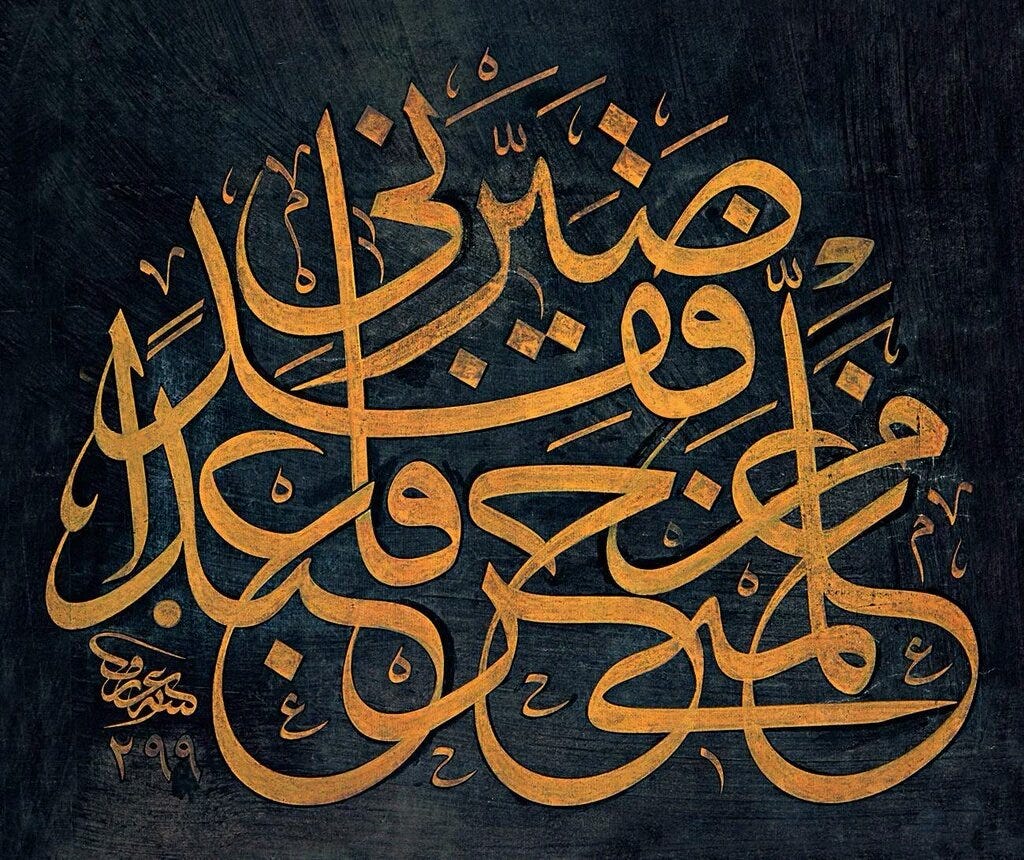
The relationship between Ahmed Ârif Efendi and Mehmed Şevki Efendi was not only that of a student and teacher but also one of mutual respect and recognition of talent, as evidenced by Ahmed Ârif Efendi consistently signing his works as "tilmîz-i Şevki" (student of Şevki), showcasing his reverence and loyalty to his master.
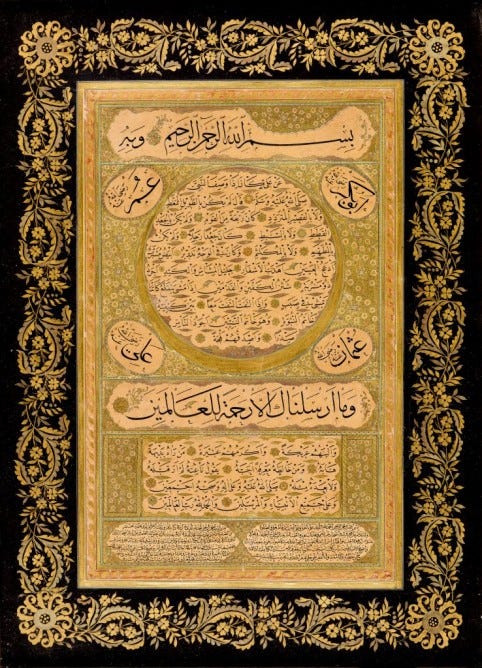
Corrections done by the master
Earlier this year, I wrote a comprehensive article about the conventional training methods of new calligraphers, which are still applied today. Feedback from the master is invaluable, providing the apprentice with insights into their progress and areas for improvement. This constructive critique is a cornerstone of the learning process, driving the apprentice's growth and mastery of the art.
Here are hard-to-find apprentice works by Ahmed Ârif Efendi, all corrected by his master Mehmed Sevki. All 14 pages shown here demonstrate how specific attempts by the apprentice got corrected with the rhombic dot measurements in Thuluth. Notice how carefully the master corrects related words and letterforms underneath every work:

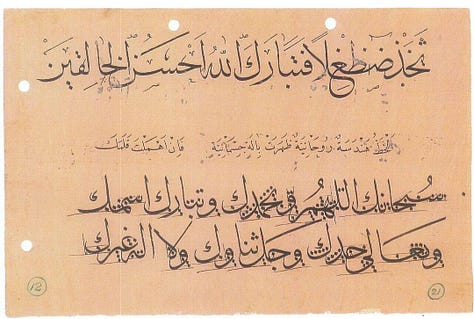
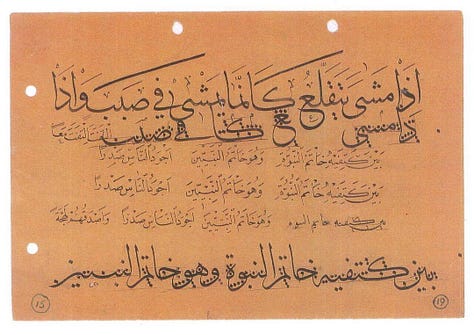
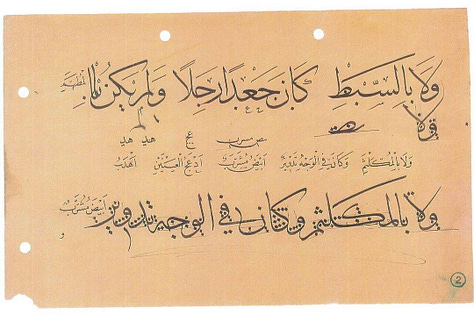
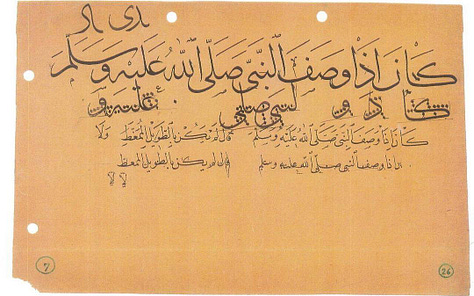
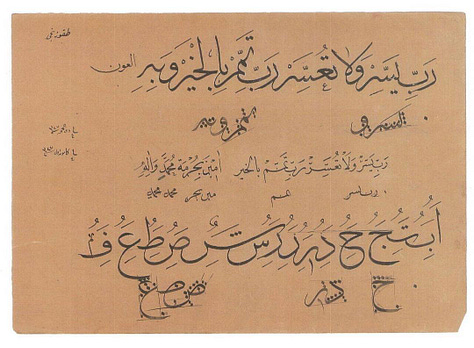
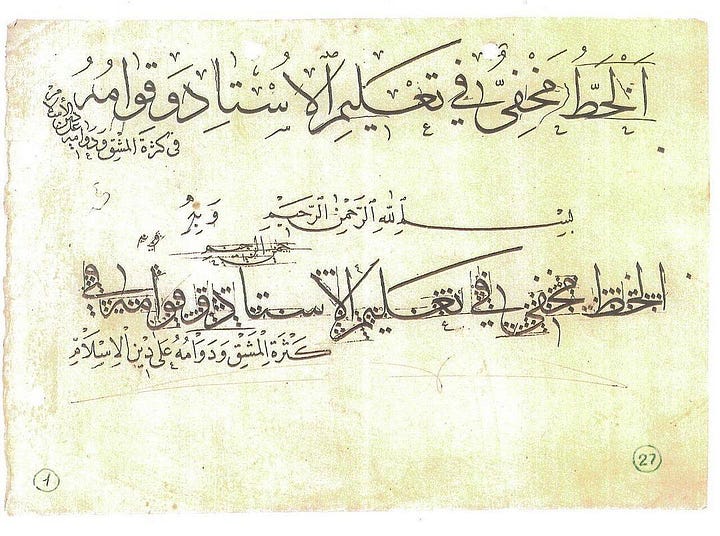
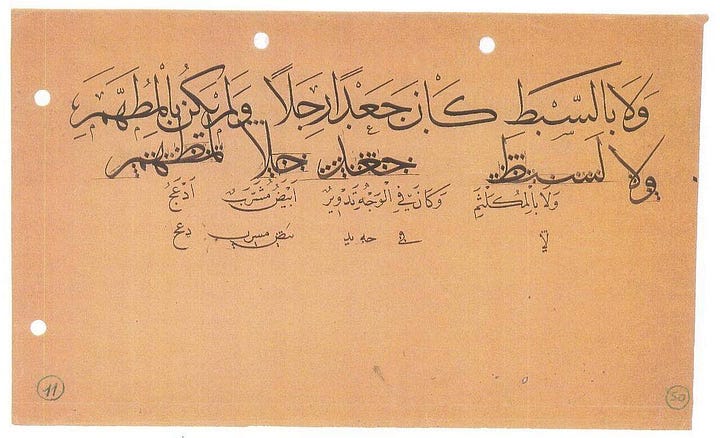
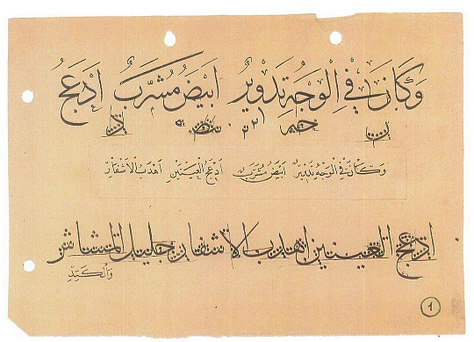
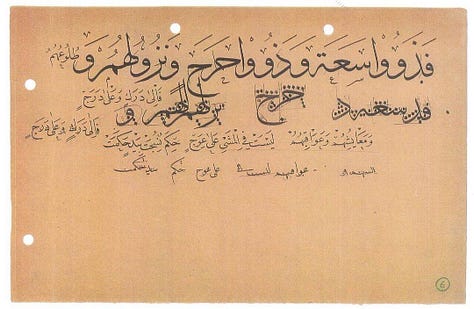
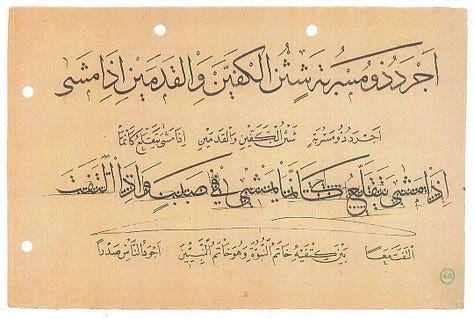
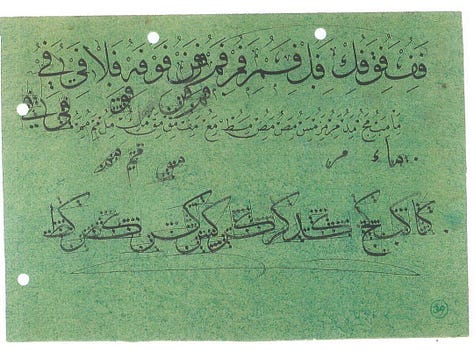

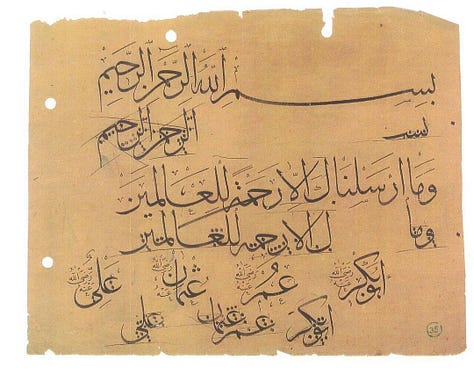
As we move forward, the commitment of masters and apprentices to this timeless tradition will continue to be the cornerstone of Islamic calligraphy's enduring legacy and relevance. In a world that increasingly values speed and convenience, the master-apprentice tradition stands as a reminder of the importance of dedication, patience, and the deep, personal connections that enrich art and the human spirit.






